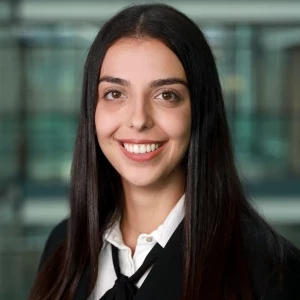Dear former and current Bain Consultants,
My Bain Interview is in three weeks. I read in their brochure thats it pretty important for Bain to „Focus on Value“ when solving a case. This is pretty vaguely defined and I would highly appreciate any suggestions/explanations.
Thanks a lot,
Best,
Cedric









